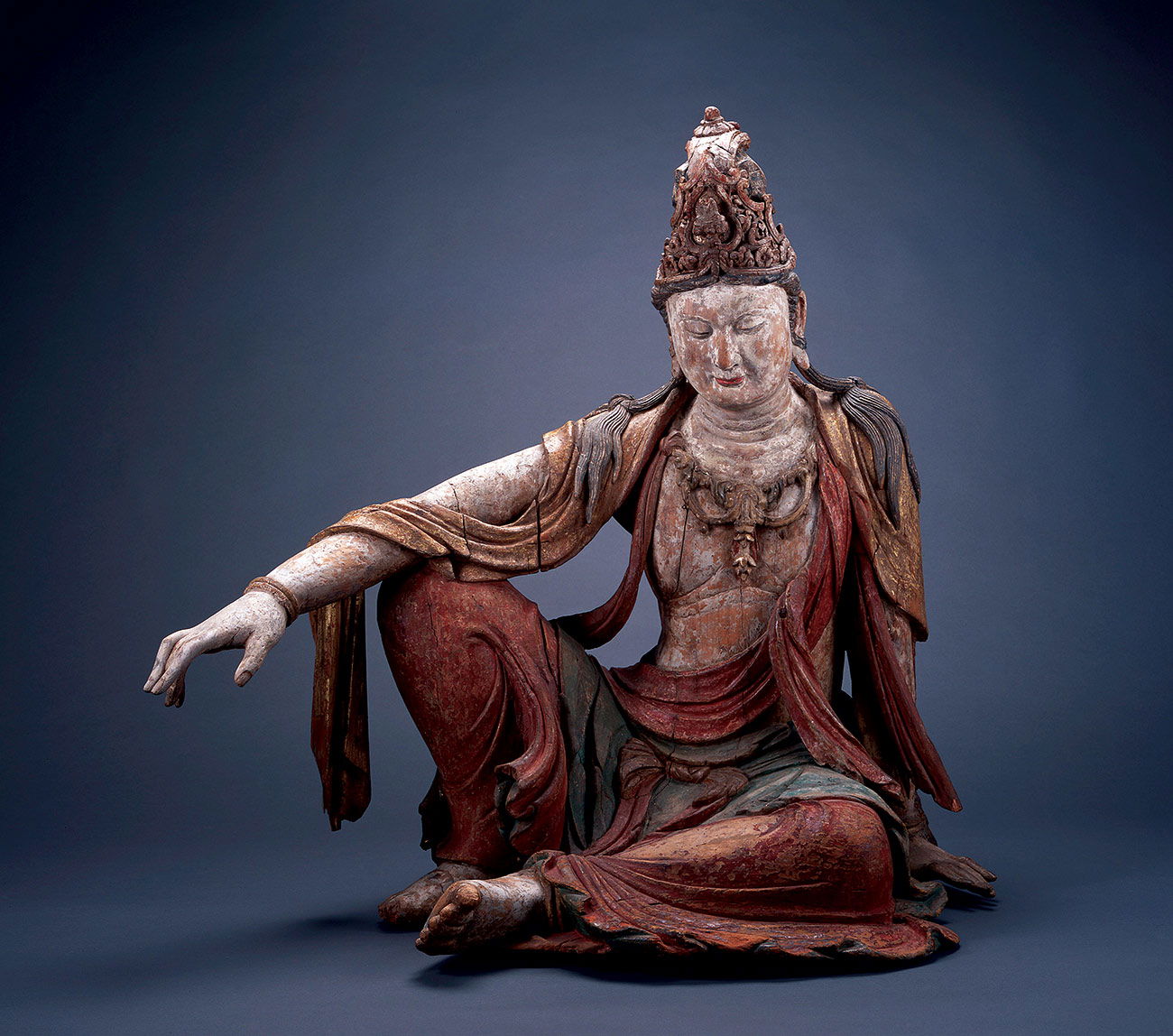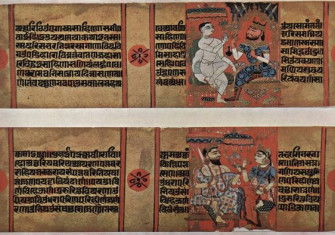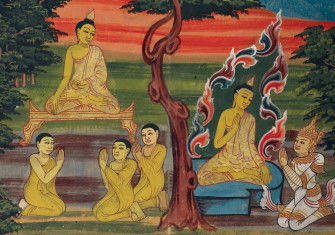
What is a Bodhisattva?
A Bodhisattva is a compassionate Buddhist deity who walks among us.
A bodhisattva is a Buddhist deity who has attained the highest level of enlightenment, but who delays their entry into Paradise in order to help the earthbound. The bodhisattva, known in Sanskrit as Avalokiteśvara, takes both male and female form and is associated with the qualities of mercy and compassion; its Chinese incarnation, Guanyin – who is always represented as female – translates as the ‘perceiver of sounds’. Guanyin, Buddhists believe, can recognise the cries of all those who suffer on earth and guide them towards salvation.
The earliest source for the doctrines of Avalokiteśvara is in the 25th chapter of the Lotus Sutra, one of the foundation texts of Mahayana Buddhism, which originated in India around the beginning of the first century AD. Other sources claim that the sun and the moon were born of this bodhisattva’s eyes. Ideas and images associated with Avalokiteśvera have been of particular influence on Chinese and Japanese literature, such as The Tale of Genji, written by the 11th-century noblewoman Murasaki Shikabu, which tells the romantic, picaresque story of the son of an ancient Japanese emperor. Some scholars have argued that it has claim to be the first novel.
This statue of Avalokiteśvara, now on display in the St Louis Art Museum, depicts the bodhisattva seated, with legs folded as if meditating. It is made of a single woodblock, decorated with quartz and carnelian, and was made in China at the time of the Northern Song dynasty (960-1127).






